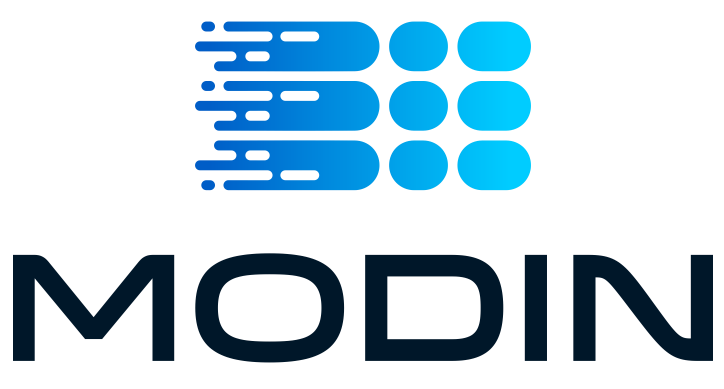Data Profiling, Quality and Analysis on public dataset on NYCOpenData.
Open data often comes with little or no metadata. You will profile a large collection of open data sets and derive metadata that can be used for data discovery, querying, and identification of data quality problems.
For each column in the dataset collection, you will extract the following metadata
- Number of non-empty cells
- Number of empty cells (i.e., cell with no data)
- Number of distinct values
- Top-5 most frequent value(s)
- Data types (a column may contain values belonging to multiple types)
Identify the data types for each distinct column value as one of the following:
- INTEGER (LONG)
- REAL
- DATE/TIME
- TEXT
For each column count the total number of values as well as the distinct values for each of the above data types.
For columns that contain at least one value of type INTEGER / REAL report:
- Maximum value
- Minimum value
- Mean
- Standard Deviation
For columns that contain at least one value of type DATE report:
- Maximum value
- Minimum value
For columns that contain at least one value of type TEXT report:
- Top-5 Shortest value(s) (the values with shortest length)
- Top-5 Longest values(s) (the values with longest length)
- Average value length
For each column, identify and summarize semantic types present in the column. These can be generic types (e.g., city, state) or collection-specific types (NYU school names, NYC agency).
For each semantic type T identified, enumerate all the values encountered for T in all columns present in the collection.
You will look for the following types and add one or more semantic type labels to the column metadata together with their frequency in the column:
- Person name (Last name, First name, Middle name, Full name)
- Business name
- Phone Number
- Address
- Street name
- City
- Neighborhood
- LAT/LON coordinates
- Zip code
- Borough
- School name (Abbreviations and full names)
- Color
- Car make
- City agency (Abbreviations and full names)
- Areas of study (e.g., Architecture, Animal Science, Communications)
- Subjects in school (e.g., MATH A, MATH B, US HISTORY)
- School Levels (K-2, ELEMENTARY, ELEMENTARY SCHOOL, MIDDLE)
- College/University names
- Websites (e.g., ASESCHOLARS.ORG)
- Building Classification (e.g., R0-CONDOMINIUM, R2-WALK-UP)
- Vehicle Type (e.g., AMBULANCE, VAN, TAXI, BUS)
- Type of location (e.g., ABANDONED BUILDING, AIRPORT TERMINAL, BANK, CHURCH, CLOTHING/BOUTIQUE)
- Parks/Playgrounds (e.g., CLOVE LAKES PARK, GREENE PLAYGROUND)
- Identify the three most frequent 311 complaint types by borough.
- Are the same complaint types frequent in all five boroughs of the City?
- How might you explain the differences?
- How does the distribution of complaints change over time for certain neighborhoods and how could this be explained?
If you found this useful, please consider starring(★) the repo so that it can reach a broader audience
This project is licensed under the MIT License. Feel free to create a Pull Request for adding implementations or suggesting new ideas to make the analysis more insightful

















